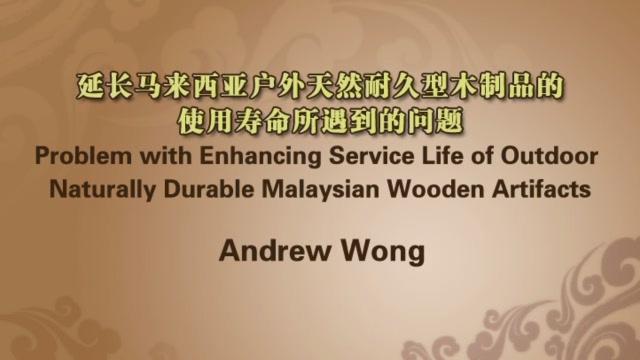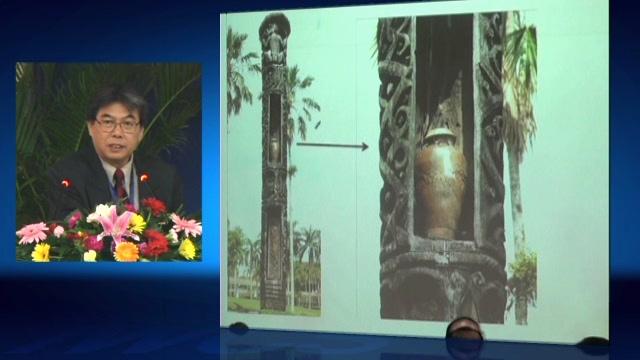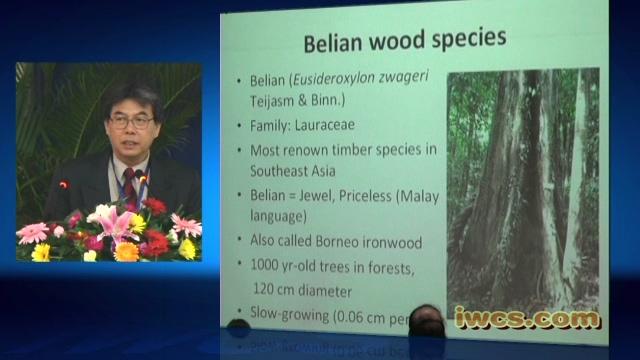会议名称:2010木文化国际研讨会——古木文化产业和遗产保护与修复
会议时间:2010年10月23日-24日
会议地点:中国·陕西
报告嘉宾:Andrew Wong
副教授 马来西亚沙捞越大学
报告摘要:Outdoor wooden structural artifacts in Malaysia have been found among the indigenous native communities within the tropical rainforest areas and serves as a notable national cultural heritage. In the past, the indigenous communities of Sarawak traditionally construct above-ground and aerial burial structures using intricately carved large round poles of naturally durable belian (Eusideroxylon zwageri) that has survived about 300 years in such wet tropical ground contact. The large diameter round logs of belian traditionally utilized for such structures were from typically slow-growing trees with mature heartwood. This is evidence of strong traditional experience about the extreme naturally durability of belian heartwood among the natives of Sarawak, whereby wooden longhouses erected in forest environments were traditionally constructed of this preferred wood material. While such traditional experience infers an awareness among the people that the remaining Malaysian/Sarawak hardwood species fail to match the level of natural durability of belian, as is well supported by Sarawak in-ground durability field stake tests, it is also shown that belian is not totally immune to biodeterioration pressures as outdoor ground contact structures. Previous examinations of surface biodeterioration of heartwood structures of belian and a naturally durable Malaysian hardwood chengal (Neobalanocarpus heimii) suggests that wood decay by soft rot, a peculiar white rot tunneling and tunneling bacteria threaten the longevity of these outdoor wooden artifacts after a lengthy duration of in-ground contact if appropriate conservation strategies to save these remnant wooden cultural structures are not considered.
责任编辑:iwcs24P


 888
888

